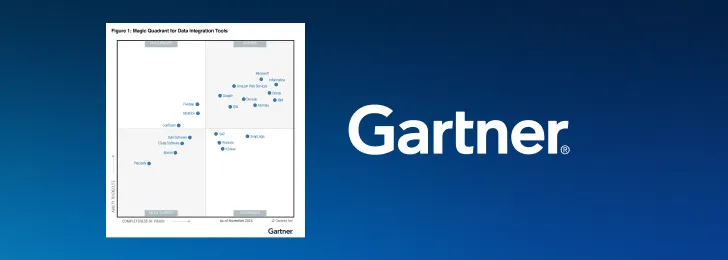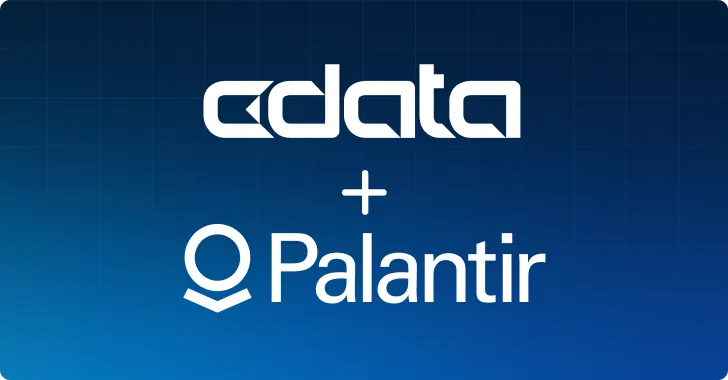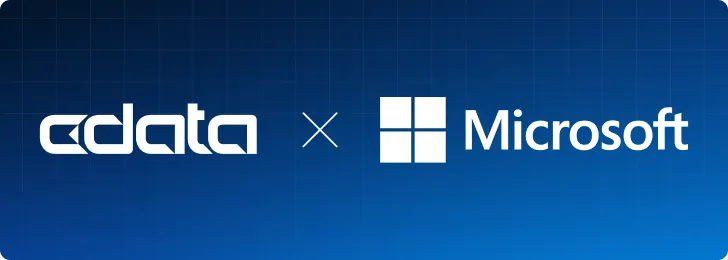
For the longest time, organizations were using databases to store critical pieces of data. But as the data ecosystem changed, more data moved out of databases and into the services themselves. These services regularly have Application Programming Interfaces (APIs) that enable communication between other software applications and the services. Now, more data applications than ever are built to work with APIs, but just because the number of services is ever-growing doesn't mean that organizations aren't still using databases.
Database APIs have emerged to bridge the gap between applications that are built to work with services and databases. A database API enables efficient communication between software applications and the database, letting applications request and manipulate data residing in databases through a standardized interface.
This article demystifies the world of database APIs, explaining how they act as translators to relay your app's requests to the database and deliver responses.
What is a database API?
APIs are generally used to provide controlled, documented access to application data. APIs allow an organization to create secure access to application data. An API can support different user roles, with different permissions and access to data. Similarly, APIs provide rules for reading, writing, updating, and deleting application data.
Historically, databases have used proprietary protocols for such functions. In the modern data application world, APIs can provide a unified interface for databases. A database API takes all the principals of an API and applies them to database data.
Benefits of using APIs for connecting to databases
There are several compelling reasons for developers to leverage APIs for database connectivity:
- Efficiency in cloud computing and serverless environments: APIs facilitate seamless interaction with databases in cloud and serverless computing environments. This setup is particularly beneficial for applications that need to scale dynamically without being bogged down by direct database management.
- Compatibility across database types: APIs provide a universal language for applications to communicate with different types of databases, whether it's SQL, NoSQL, or NewSQL. This universality ensures that developers are not restricted by database technologies.
- Enhanced security: By using APIs, an additional layer of security is introduced between the application and the database. This layer helps in mitigating risks associated with direct database access, thereby safeguarding sensitive data.
How do database APIs work?
Database APIs work by establishing a connection between the application and the database. This connection is usually made through a set of standardized instructions or commands that the API understands. When an application makes a request to access or modify data, the API translates this request into a format that the database can comprehend. The database then processes this request and returns the appropriate response back to the API, which in turn delivers it to the application. This process ensures that data is efficiently retrieved, manipulated, and stored, while maintaining the integrity and security of the database.
Examples of popular database APIs
Several database APIs have gained popularity due to their robust features and capabilities:
-
JDBC (Java Database Connectivity)
- Platform independence: JDBC API allows Java applications to interact with any SQL-compliant database. Its platform-independent nature makes it ideal for businesses that operate across different systems.
- Ease of use: JDBC provides a simple interface for database communication, making it accessible for developers with varying levels of expertise.
- Diverse database support: From MySQL, Oracle to Microsoft SQL Server, JDBC supports a wide range of databases, offering flexibility in database choice.
-
ODBC (Open Database Connectivity)
- Interoperability: ODBC's main strength lies in its ability to connect with various database systems, regardless of their underlying architecture.
- Standardization: As a standardized API, ODBC simplifies database access, making it easier for applications to communicate with different databases without needing to understand their specific language.
- Broad adoption: Its widespread use and support by major database vendors ensure that ODBC remains a reliable choice for database connectivity.
-
MongoDB Data API
- Scalability: This API is designed for scalability, supporting the high-performance, distributed nature of MongoDB.
- Flexibility: Ideal for working with large volumes of unstructured data, it offers a schema-less approach, which is a hallmark of NoSQL databases.
- Rich feature set: With features like full-text search and real-time aggregation, the MongoDB Data API provides powerful tools for data manipulation and analysis.
-
Notion API
- Integration with productivity tools: Notion API allows developers to connect their applications to Notion, a versatile workspace platform, enabling a seamless flow of data between different productivity tools.
- Customization and automation: The API supports custom integrations and automations, allowing users to tailor their Notion experience to their specific workflow needs.
- User-friendly interface: Notion's API is designed with a focus on usability, making it accessible to a broader range of developers, including those who may not specialize in database management.
-
Stargate-Cassandra
- Enhanced Apache Cassandra capabilities: Stargate adds a flexible data gateway to Apache Cassandra, a powerful NoSQL database known for its scalability and reliability.
- Multiple API support: It supports REST, GraphQL, and Schemaless JSON, giving developers multiple options for interacting with Cassandra databases.
- Microservices architecture friendly: With its API-driven approach, Stargate is particularly well-suited for modern, microservices-based architectures.
-
HarperDB API
- SQL/NoSQL model support: This API uniquely allows for the use of SQL queries on NoSQL data models, providing a blend of flexibility and power.
- Real-time data synchronization: HarperDB API offers real-time data synchronization capabilities, essential for applications that require up-to-the-minute data accuracy.
- Low-latency operations: Designed for efficiency, it ensures low-latency responses, which is crucial for high-performance applications.
Each of these APIs offers distinct advantages that cater to different requirements in database management. From platform independence and interoperability to scalability and real-time data synchronization, these APIs equip developers with the tools necessary to effectively manage and leverage data in a diverse range of applications.
CData API Server
In the realm of database APIs, CData API Server lets you build RESTful APIs for your databases in just a few clicks, offering an easier way to provide a standardized and consistent interface to your databases. What sets API Server apart is its ability to connect to a wide array of databases, hosted both on-premises and the cloud, letting you build a database API for any database in your organization.
CData API Server simplifies the integration process, allowing businesses to harness the power of their data without getting entangled in the complexities of designing and building an API from the ground up. This ease of integration is particularly beneficial for enterprises looking to leverage their data across various platforms and applications.
Moreover, CData API Server ensures that data remains secure and accessible, conforming to the highest standards of data integrity and security. Its ability to provide real-time data access means that businesses can make data-driven decisions quickly and efficiently.
Database APIs like those built using CData API Server are transforming the way businesses interact with data. By providing an efficient, secure, and universal bridge between applications and databases, these APIs are not just tools but catalysts for innovation and growth in the digital age. As technology continues to advance, the role of database APIs in enabling seamless data connectivity and management will become even more pivotal, underscoring their importance in the technological ecosystem.
Try CData API Server
Ensure seamless connectivity to your databases. Get a free trial of CData API Server today.





